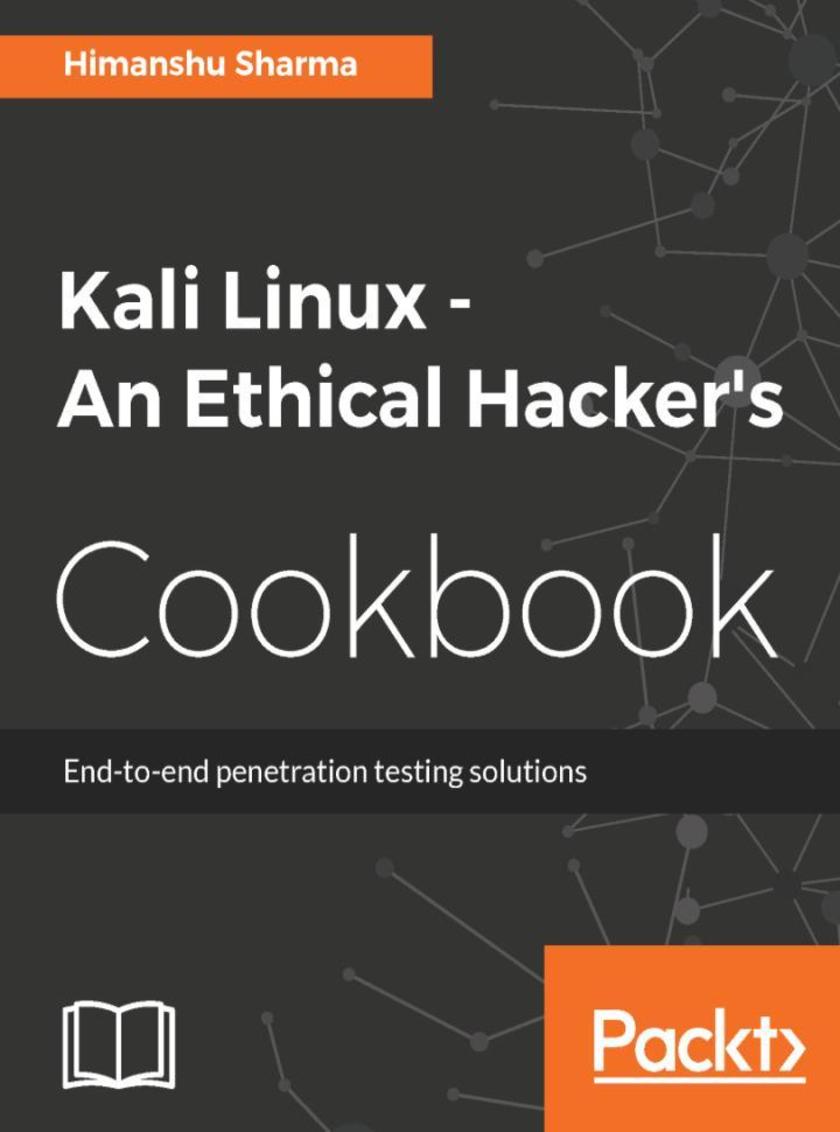
Kali Linux - An Ethical Hacker's Cookbook
¥80.65
Over 120 recipes to perform advanced penetration testing with Kali Linux About This Book ? Practical recipes to conduct effective penetration testing using the powerful Kali Linux ? Leverage tools like Metasploit, Wireshark, Nmap, and many more to detect vulnerabilities with ease ? Confidently perform networking and application attacks using task-oriented recipes Who This Book Is For This book is aimed at IT security professionals, pentesters, and security analysts who have basic knowledge of Kali Linux and want to conduct advanced penetration testing techniques. What You Will Learn ? Installing, setting up and customizing Kali for pentesting on multiple platforms ? Pentesting routers and embedded devices ? Bug hunting 2017 ? Pwning and escalating through corporate network ? Buffer over?ows 101 ? Auditing wireless networks ? Fiddling around with software-defned radio ? Hacking on the run with NetHunter ? Writing good quality reports In Detail With the current rate of hacking, it is very important to pentest your environment in order to ensure advanced-level security. This book is packed with practical recipes that will quickly get you started with Kali Linux (version 2016.2) according to your needs, and move on to core functionalities. This book will start with the installation and configuration of Kali Linux so that you can perform your tests. You will learn how to plan attack strategies and perform web application exploitation using tools such as Burp, and Jexboss. You will also learn how to perform network exploitation using Metasploit, Sparta, and Wireshark. Next, you will perform wireless and password attacks using tools such as Patator, John the Ripper, and airo*-ng. Lastly, you will learn how to create an optimum quality pentest report! By the end of this book, you will know how to conduct advanced penetration testing thanks to the book’s crisp and task-oriented recipes. Style and approach This is a recipe-based book that allows you to venture into some of the most cutting-edge practices and techniques to perform penetration testing with Kali Linux.
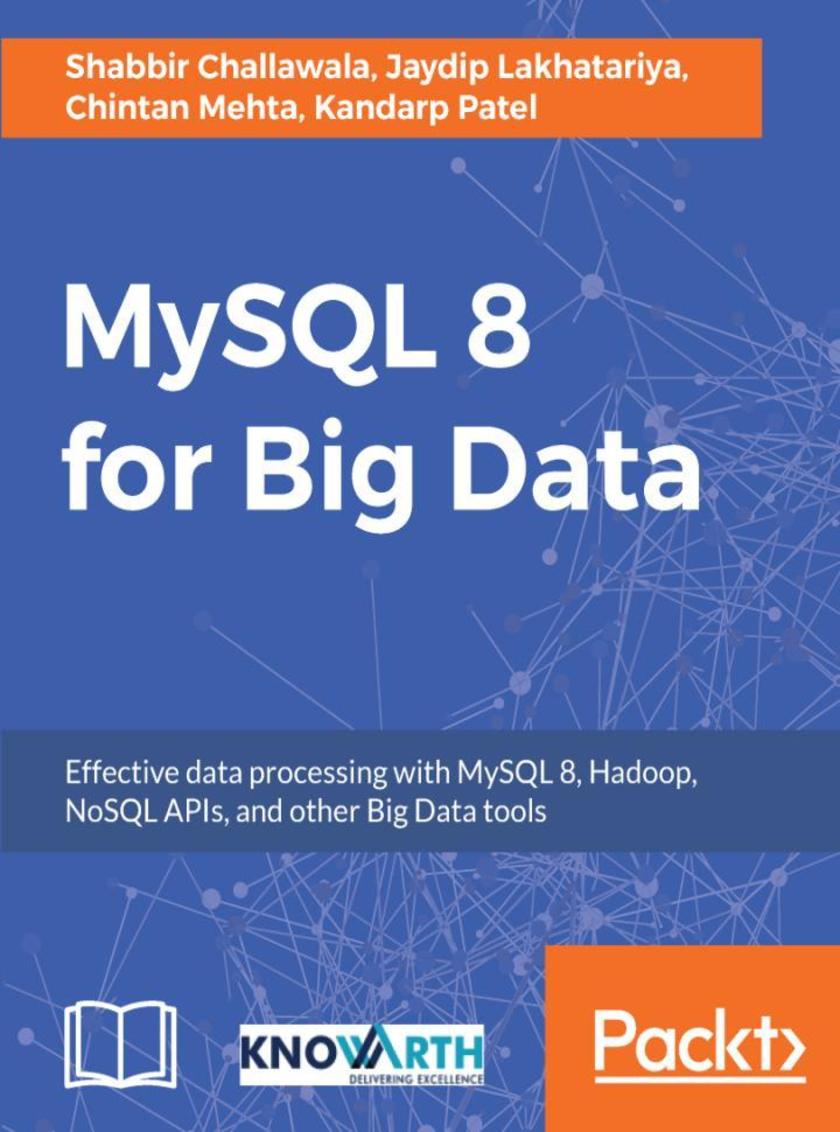
MySQL 8 for Big Data
¥80.65
Uncover the power of MySQL 8 for Big Data About This Book ? Combine the powers of MySQL and Hadoop to build a solid Big Data solution for your organization ? Integrate MySQL with different NoSQL APIs and Big Data tools such as Apache Sqoop ? A comprehensive guide with practical examples on building a high performance Big Data pipeline with MySQL Who This Book Is For This book is intended for MySQL database administrators and Big Data professionals looking to integrate MySQL 8 and Hadoop to implement a high performance Big Data solution. Some previous experience with MySQL will be helpful, although the book will highlight the newer features introduced in MySQL 8. What You Will Learn ? Explore the features of MySQL 8 and how they can be leveraged to handle Big Data ? Unlock the new features of MySQL 8 for managing structured and unstructured Big Data ? Integrate MySQL 8 and Hadoop for efficient data processing ? Perform aggregation using MySQL 8 for optimum data utilization ? Explore different kinds of join and union in MySQL 8 to process Big Data efficiently ? Accelerate Big Data processing with Memcached ? Integrate MySQL with the NoSQL API ? Implement replication to build highly available solutions for Big Data In Detail With organizations handling large amounts of data on a regular basis, MySQL has become a popular solution to handle this structured Big Data. In this book, you will see how DBAs can use MySQL 8 to handle billions of records, and load and retrieve data with performance comparable or superior to commercial DB solutions with higher costs. Many organizations today depend on MySQL for their websites and a Big Data solution for their data archiving, storage, and analysis needs. However, integrating them can be challenging. This book will show you how to implement a successful Big Data strategy with Apache Hadoop and MySQL 8. It will cover real-time use case scenario to explain integration and achieve Big Data solutions using technologies such as Apache Hadoop, Apache Sqoop, and MySQL Applier. Also, the book includes case studies on Apache Sqoop and real-time event processing. By the end of this book, you will know how to efficiently use MySQL 8 to manage data for your Big Data applications. Style and approach Step by Step guide filled with real-world practical examples.
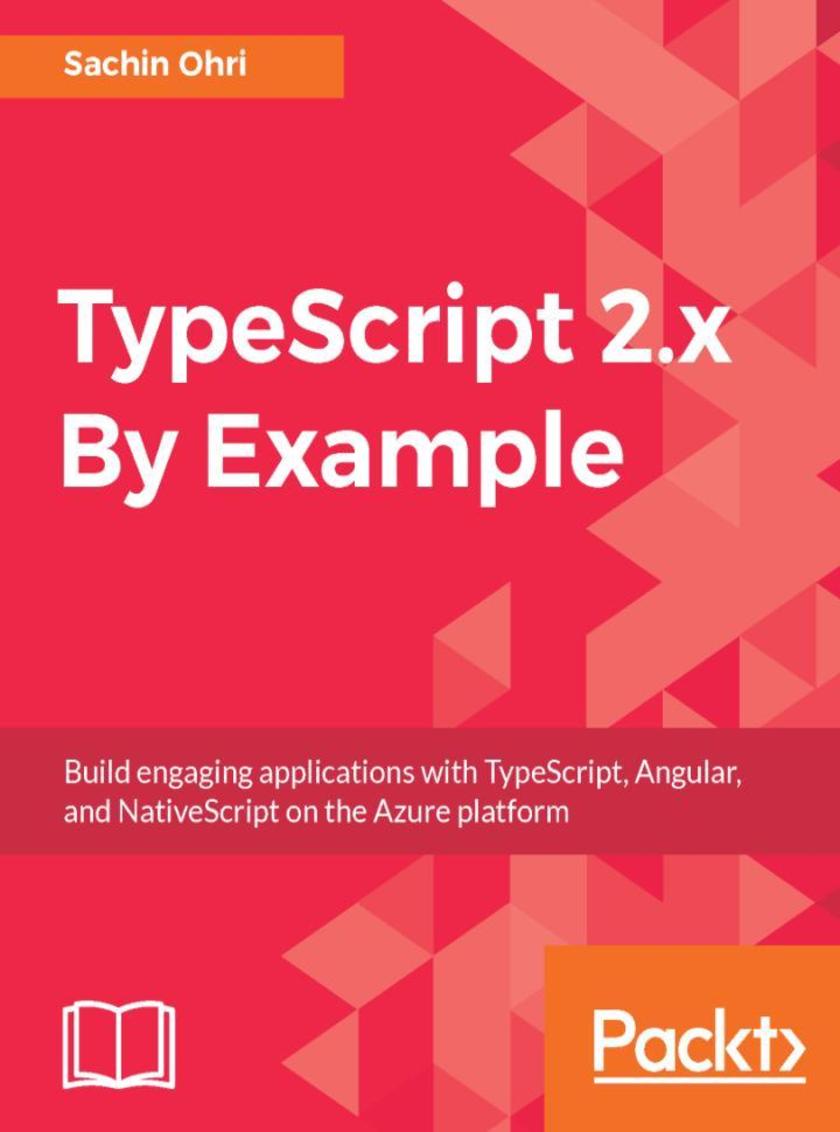
TypeScript 2.x By Example
¥80.65
Leverage the power of Type* 2.0 using real-world examples About This Book ? Begin with the fundamentals of TypeScript and learn how to write better JavaScript code ? Build three amazing applications throughout the book ? Leverage the power of tools such as Angular 2 and NativeScript to build for the web as well as for mobile Who This Book Is For Web developers who would like to learn how to use TypeScript to build amazing applications will benefit from this book. What You Will Learn ? Design your first project in Visual Studio ? Learn about the different data types in TypeScript ? Create web applications in an object-oriented fashion using TypeScript ? Build a Trello application using TypeScript's complex features. ? Explore the tools available in a web application ecosystem to write unit test cases ? Deploy web applications to cloud and assign resources to the application In Detail The TypeScript language, compiler, and open source development toolset brings JavaScript development up to the enterprise level. It allows you to use ES5, ES6, and ES7 JavaScript language features today, including classes, interfaces, generics, modules, and more. Its simple typing syntax enables building large, robust applications using object-oriented techniques and industry-standard design principles. This book aims at teaching you how to get up and running with TypeScript development in the most practical way possible. Taking you through two exciting projects built from scratch, you will learn the basics of TypeScript, before progressing to functions, generics, promises, and callbacks. Then, you’ll get to implement object-oriented programming as well as optimize your applications with effective memory management. You’ll also learn to test and secure your applications, before deploying them. Starting with a basic SPA built using Angular, you will progress on to building, maybe, a Chat application or a cool application. You’ll also learn how to use NativeScript to build a cool mobile application. Each of these applications with be explained in detail, allowing you to grasp the concepts fast. By the end of this book, you will have not only built two amazing projects but you will also have the skills necessary to take your development to the next level. Style and approach Example-based approach to get you quickly started with Type*
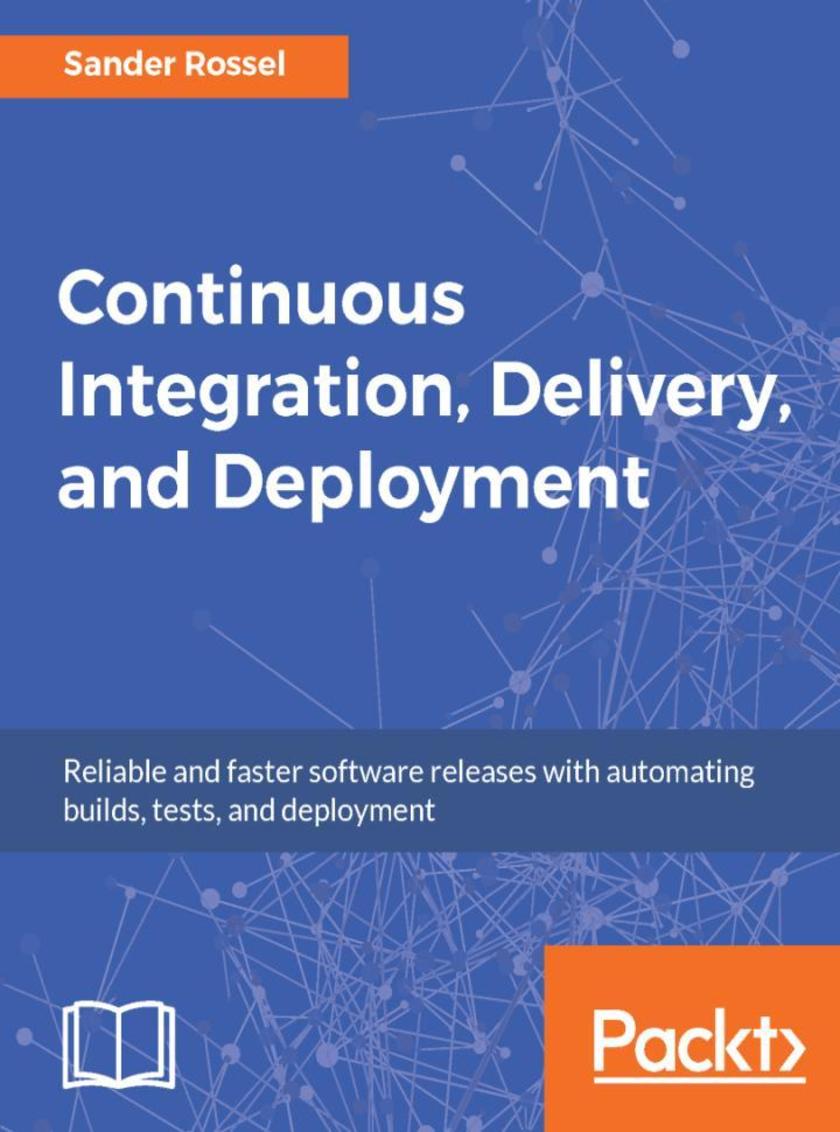
Continuous Integration, Delivery, and Deployment
¥80.65
Getting started with the processes and the tools to continuously deliver high-quality software About This Book ? Incorporate popular development practices to prevent messy code ? Automate your build, integration, release, and deployment processes with Jenkins, Git, and Gulp―and learn how continuous integration (CI) can save you time and money ? Gain an end-to-end overview of Continuous Integration using different languages (JavaScript and C#) and tools (Gulp and Jenkins) Who This Book Is For This book is for developers who want to understand and implement Continuous Integration and Delivery in their daily work. A basic knowledge of at least JavaScript and HTML/CSS is required. Knowing C# and SQL will come in handy. Most programmers who have programmed in a (compiled) C-like language will be able to follow along. What You Will Learn ? Get to know all the aspects of Continuous Integration, Deployment, and Delivery ? Find out how Git can be used in a CI environment ? Set up browser tests using Karma and Selenium and unit tests using Jasmine ? Use Node.js, npm, and Gulp to automate tasks such as linting, testing, and minification ? Explore different Jenkins jobs to integrate with Node.js and C# projects ? Perform Continuous Delivery and Deployment using Jenkins ? Test and deliver a web API In Detail The challenge faced by many teams while implementing Continuous Deployment is that it requires the use of many tools and processes that all work together. Learning and implementing all these tools (correctly) takes a lot of time and effort, leading people to wonder whether it's really worth it. This book sets up a project to show you the different steps, processes, and tools in Continuous Deployment and the actual problems they solve. We start by introducing Continuous Integration (CI), deployment, and delivery as well as providing an overview of the tools used in CI. You'll then create a web app and see how Git can be used in a CI environment. Moving on, you'll explore unit testing using Jasmine and browser testing using Karma and Selenium for your app. You'll also find out how to automate tasks using Gulp and Jenkins. Next, you'll get acquainted with database integration for different platforms, such as MongoDB and PostgreSQL. Finally, you'll set up different Jenkins jobs to integrate with Node.js and C# projects, and Jenkins pipelines to make branching easier. By the end of the book, you'll have implemented Continuous Delivery and deployment from scratch. Style and approach This practical book takes a step-by-step approach to explaining all the concepts of Continuous Integration and delivery, and how it can help you deliver a high-quality product.
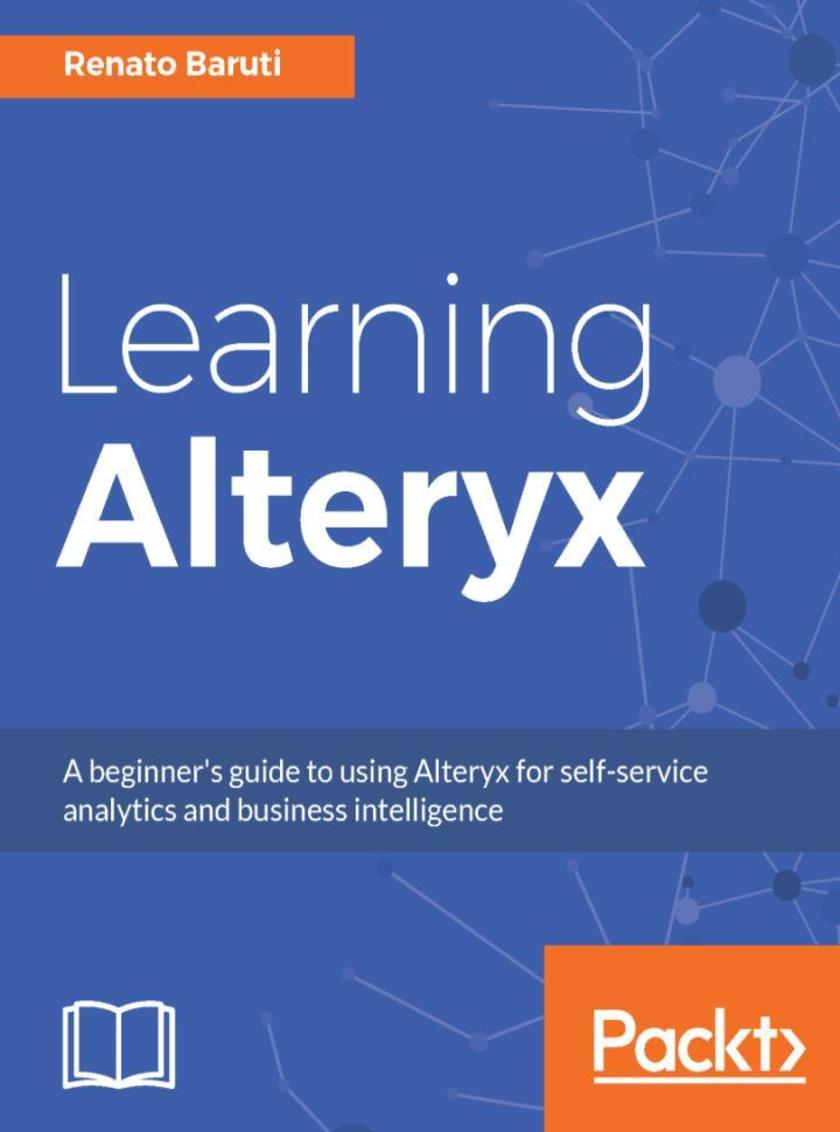
Learning Alteryx
¥80.65
Implement your Business Intelligence solutions without any coding - by leveraging the power of the Alteryx platform About This Book ? Experience the power of codeless analytics using Alteryx, a leading Business Intelligence tool ? Uncover hidden trends and valuable insights from your data across different sources and make accurate predictions ? Includes real-world examples to put your understanding of the features in Alteryx to practical use Who This Book Is For This book is for aspiring data professionals who want to learn and implement self-service analytics from scratch, without any coding. Those who have some experience with Alteryx and want to gain more proficiency will also find this book to be useful. A basic understanding of the data science concepts is all you need to get started with this book. What You Will Learn ? Create efficient workflows with Alteryx to answer complex business questions ? Learn how to speed up the cleansing, data preparing, and shaping process ? Blend and join data into a single dataset for self-service analysis ? Write advanced expressions in Alteryx leading to an optimal workflow for efficient processing of huge data ? Develop high-quality, data-driven reports to improve consistency in reporting and analysis ? Explore the flexibility of macros by automating analytic processes ? Apply predictive analytics from spatial, demographic, and behavioral analysis and quickly publish, schedule ? Share your workflows and insights with relevant stakeholders In Detail Alteryx, as a leading data blending and advanced data analytics platform, has taken self-service data analytics to the next level. Companies worldwide often find themselves struggling to prepare and blend massive datasets that are time-consuming for analysts. Alteryx solves these problems with a repeatable workflow designed to quickly clean, prepare, blend, and join your data in a seamless manner. This book will set you on a self-service data analytics journey that will help you create efficient workflows using Alteryx, without any coding involved. It will empower you and your organization to take well-informed decisions with the help of deeper business insights from the data.Starting with the fundamentals of using Alteryx such as data preparation and blending, you will delve into the more advanced concepts such as performing predictive analytics. You will also learn how to use Alteryx’s features to share the insights gained with the relevant decision makers. To ensure consistency, we will be using data from the Healthcare domain throughout this book. The knowledge you gain from this book will guide you to solve real-life problems related to Business Intelligence confidently. Whether you are a novice with Alteryx or an experienced data analyst keen to explore Alteryx’s self-service analytics features, this book will be the perfect companion for you. Style and approach Comprehensive, step by step guide filled with real-world examples to step through the complex business questions using one of the leading data analytics platform.
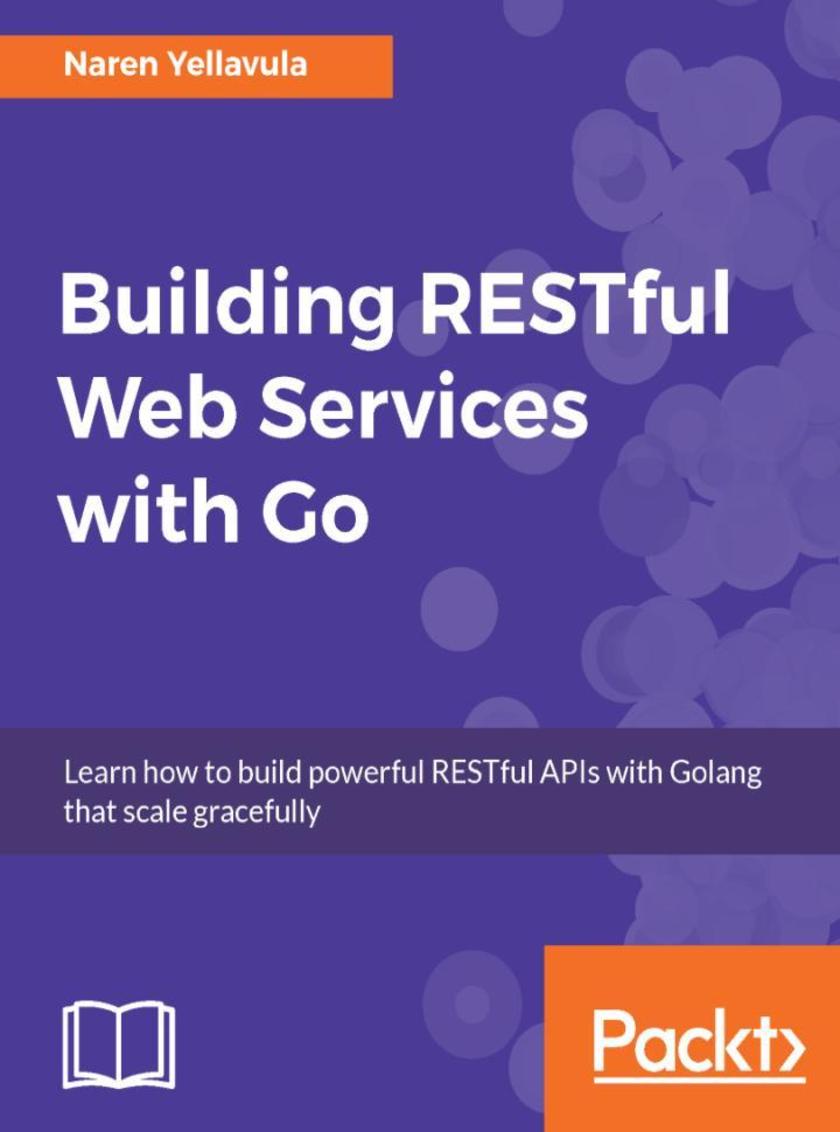
Building RESTful Web services with Go
¥80.65
Explore the necessary concepts of REST API development by building few real world services from scratch. About This Book ? Follow best practices and explore techniques such as clustering and caching to achieve a reactive, scalable web service ? Leverage the Buffalo Framework to quickly implement RESTful endpoints ? Learn to implement a client library for a RESTful web service using Go Who This Book Is For This book is intended for those who want to learn to build RESTful web services with a framework like Buffalo. To make best use of the code samples included in the book, you should have a basic knowledge of Go programming. What You Will Learn ? Create HTTP handler and introspect the Gorilla Mux router ? OAuth 2 implementation with Go ? Build RESTFul API with go-restful, Revel.Go and Buffalo Go ? Create REST API with MongoDB and Go ? Build a working client library and unit test for REST API ? Debug, test, and profile RESTful APIs with each of the frameworks ? Optimize and scale REST API using microservices In Detail REST is an architectural style that tackles the challenges of building scalable web services and in today's connected world, APIs have taken a central role on the web. APIs provide the fabric through which systems interact, and REST has become synonymous with APIs. The depth, breadth, and ease of use of Go, makes it a breeze for developers to work with it to build robust Web APIs. This book takes you through the design of RESTful web services and leverages a framework like Buffalo Go to implement these services. The book starts with a brief introduction to REST API development and how it transformed the modern web. You will learn how to handle routing and authentication of web services along with working with middleware for internal service. The book explains how to use Go frameworks to build RESTful web services and work with MongoDB to create REST API. You will learn how to integrate Postgres SQL and JSON with a Go web service and build a client library in Go for consuming REST API. You will learn how to scale APIs using the microservice architecture and deploy the REST APIs using Nginx as a proxy server. Finally you will learn how to metricize a REST API using an API Gateway. By the end of the book you will be proficient in building RESTful APIs in Go. Style and approach This book is a step-by-step, hands-on guide to designing and building RESTful web services.
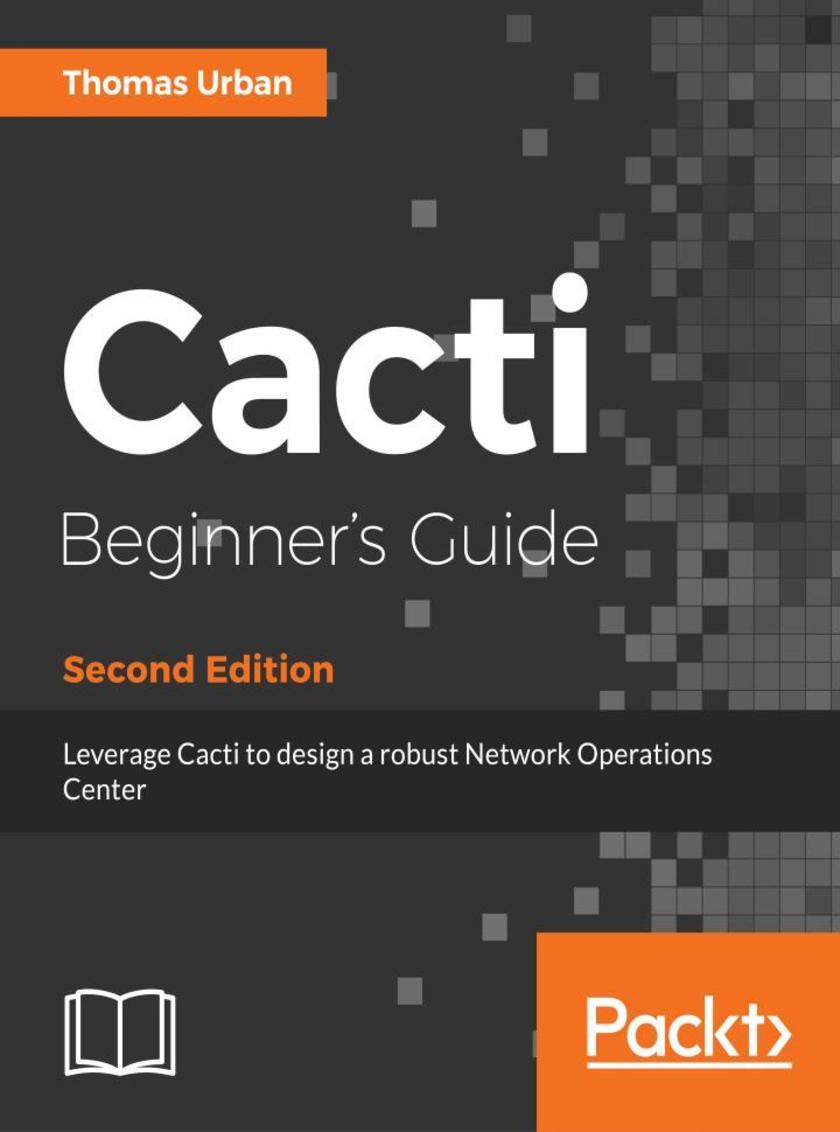
Cacti Beginner's Guide - Second Edition
¥80.65
A comprehensive guide to learning Cacti and using it to implement performance measurement and reporting within a Network Operations Center About This Book ? A complete Cacti book that focuses on the basics as well as the advanced concepts you need to know for implementing a Network Operations Center ? A step-by-step Beginner's Guide with detailed instructions on how to create and implement custom plugins ? Written by Thomas Urban – creator of the "Cereus" and "NMID" plugins for Cacti known as Phalek in the Cacti forum Who This Book Is For If you are a network operator and want to use Cacti for implementing performance measurement for trending, troubleshooting, and reporting purposes, then this book is for you. You only need to know the basics of network management and SNMP. What You Will Learn ? Setting up Cacti on Linux and Windows systems ? Extending the core functionality by using the plugin architecture ? Building your own custom plugins ? Creating your own custom data input method to retrieve data from your systems ? Using SNMP, SSH, and WMI to retrieve remote performance data ? Designing and create enterprise-class reports with the reporting plugins ? Implementing threshold-based alerting using the Thold plugin ? Automating common administrative tasks utilizing the command-line interface and the automate functionality ? Migrating Cacti to new servers ? Building a multi remote-poller environment In Detail Cacti is a performance measurement tool that provides easy methods and functions for gathering and graphing system data. You can use Cacti to develop a robust event management system that can alert on just about anything you would like it to. But to do that, you need to gain a solid understanding of the basics of Cacti, its plugin architecture, and automation concepts. Cacti Beginner's Guide will introduce you to the wide variety of features of Cacti and will guide you on how to use them for maximum effectiveness. Advanced topics such as the plugin architecture and Cacti automation using the command-line interface will help you build a professional performance measurement system. Designed as a beginner's guide, the book starts off with the basics of installing and using Cacti, and also covers the advanced topics that will show you how to customize and extend the core Cacti functionalities. The book offers essential tutorials for creating advanced graphs and using plugins to create enterprise-class reports to show your customers and colleagues. From data templates to input methods and plugin installation to creating your own customized plugins, this book provides you with a rich selection of step-by-step instructions to reach your goals. It covers all you need to know to implement professional performance measurement techniques with Cacti and ways to fully customize Cacti to fit your needs. You will also learn how to migrate Cacti to new servers. Lastly you will also be introduced to the latest feature of building a scalable remote poller environment. By the end of the book, you will be able to implement and extend Cacti to monitor, display, and report the performance of your network exactly the way you want. Style and approach Written for beginners to Cacti, this book contains step-by-step instructions and hands-on tutorials for network operators to learn how to implement and use the core Cacti functions.
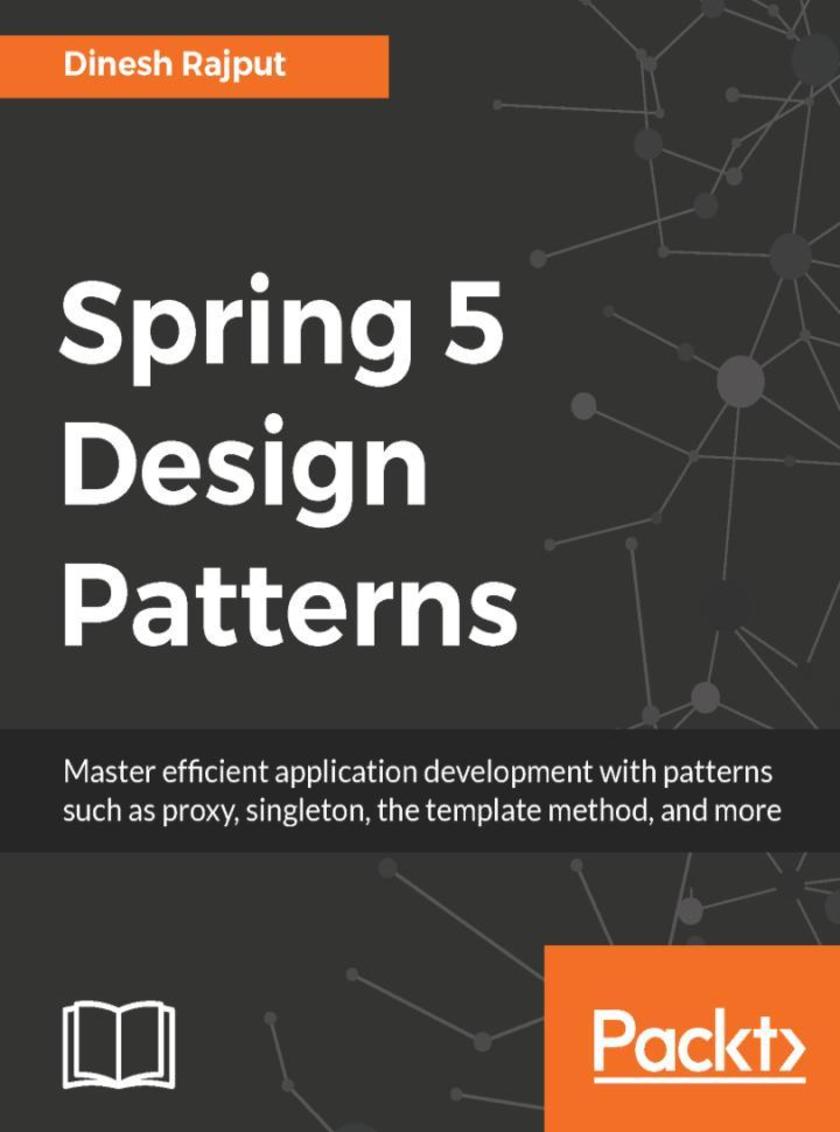
Spring 5 Design Patterns
¥80.65
Learn various design patterns and best practices in Spring 5 and use them to solve common design problems. About This Book ? Explore best practices for designing an application ? Manage your code easily with Spring's Dependency Injection pattern ? Understand the benefits that the right design patterns can offer your toolkit Who This Book Is For This book is for developers who would like to use design patterns to address common problems while designing an app using the Spring Framework and Reactive Programming approach. A basic knowledge of the Spring Framework and Java is assumed. What You Will Learn ? Develop applications using dependency injection patterns ? Learn best practices to design enterprise applications ? Explore Aspect-Oriented Programming relating to transactions, security, and caching. ? Build web applications using traditional Spring MVC patterns ? Learn to configure Spring using XML, annotations, and Java. ? Implement caching to improve application performance. ? Understand concurrency and handle multiple connections inside a web server. ? Utilizing Reactive Programming Pattern to build Reactive web applications. In Detail Design patterns help speed up the development process by offering well tested and proven solutions to common problems. These patterns coupled with the Spring framework offer tremendous improvements in the development process. The book begins with an overview of Spring Framework 5.0 and design patterns. You will understand the Dependency Injection pattern, which is the main principle behind the decoupling process that Spring performs, thus making it easier to manage your code. You will learn how GoF patterns can be used in Application Design. You will then learn to use Proxy patterns in Aspect Oriented Programming and remoting. Moving on, you will understand the JDBC template patterns and their use in abstracting database access. Then, you will be introduced to MVC patterns to build Reactive web applications. Finally, you will move on to more advanced topics such as Reactive streams and Concurrency. At the end of this book, you will be well equipped to develop efficient enterprise applications using Spring 5 with common design patterns Style and approach The book takes a pragmatic approach, showing various design patterns and best-practice considerations, including the Reactive programming approach with the Spring 5 Framework and ways to solve common development and design problems for enterprise applications.
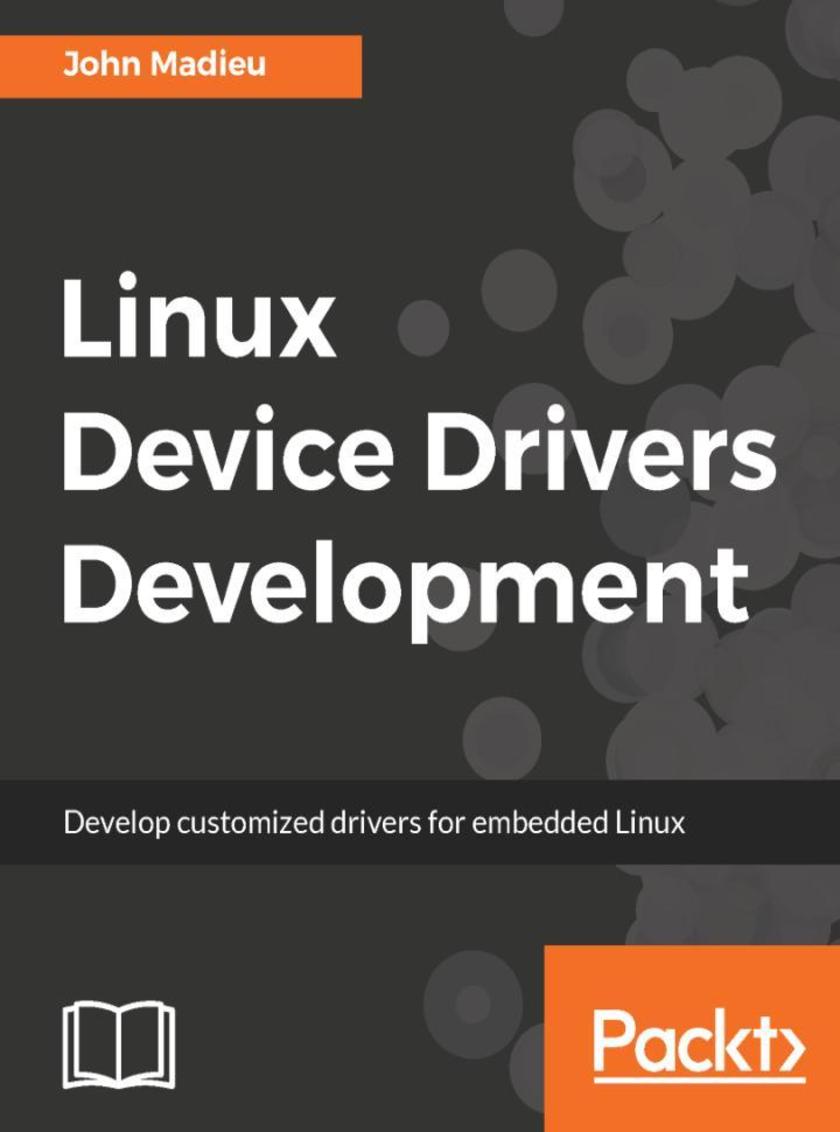
Linux Device Drivers Development
¥80.65
Learn to develop customized device drivers for your embedded Linux system About This Book ? Learn to develop customized Linux device drivers ? Learn the core concepts of device drivers such as memory management, kernel caching, advanced IRQ management, and so on. ? Practical experience on the embedded side of Linux Who This Book Is For This book will help anyone who wants to get started with developing their own Linux device drivers for embedded systems. Embedded Linux users will benefit highly from this book. This book covers all about device driver development, from char drivers to network device drivers to memory management. What You Will Learn ? Use kernel facilities to develop powerful drivers ? Develop drivers for widely used I2C and SPI devices and use the regmap API ? Write and support devicetree from within your drivers ? Program advanced drivers for network and frame buffer devices ? Delve into the Linux irqdomain API and write interrupt controller drivers ? Enhance your skills with regulator and PWM frameworks ? Develop measurement system drivers with IIO framework ? Get the best from memory management and the DMA subsystem ? Access and manage GPIO subsystems and develop GPIO controller drivers In Detail Linux kernel is a complex, portable, modular and widely used piece of software, running on around 80% of servers and embedded systems in more than half of devices throughout the World. Device drivers play a critical role in how well a Linux system performs. As Linux has turned out to be one of the most popular operating systems used, the interest in developing proprietary device drivers is also increasing steadily. This book will initially help you understand the basics of drivers as well as prepare for the long journey through the Linux Kernel. This book then covers drivers development based on various Linux subsystems such as memory management, PWM, RTC, IIO, IRQ management, and so on. The book also offers a practical approach on direct memory access and network device drivers. By the end of this book, you will be comfortable with the concept of device driver development and will be in a position to write any device driver from scratch using the latest kernel version (v4.13 at the time of writing this book). Style and approach A set of engaging examples to develop Linux device drivers
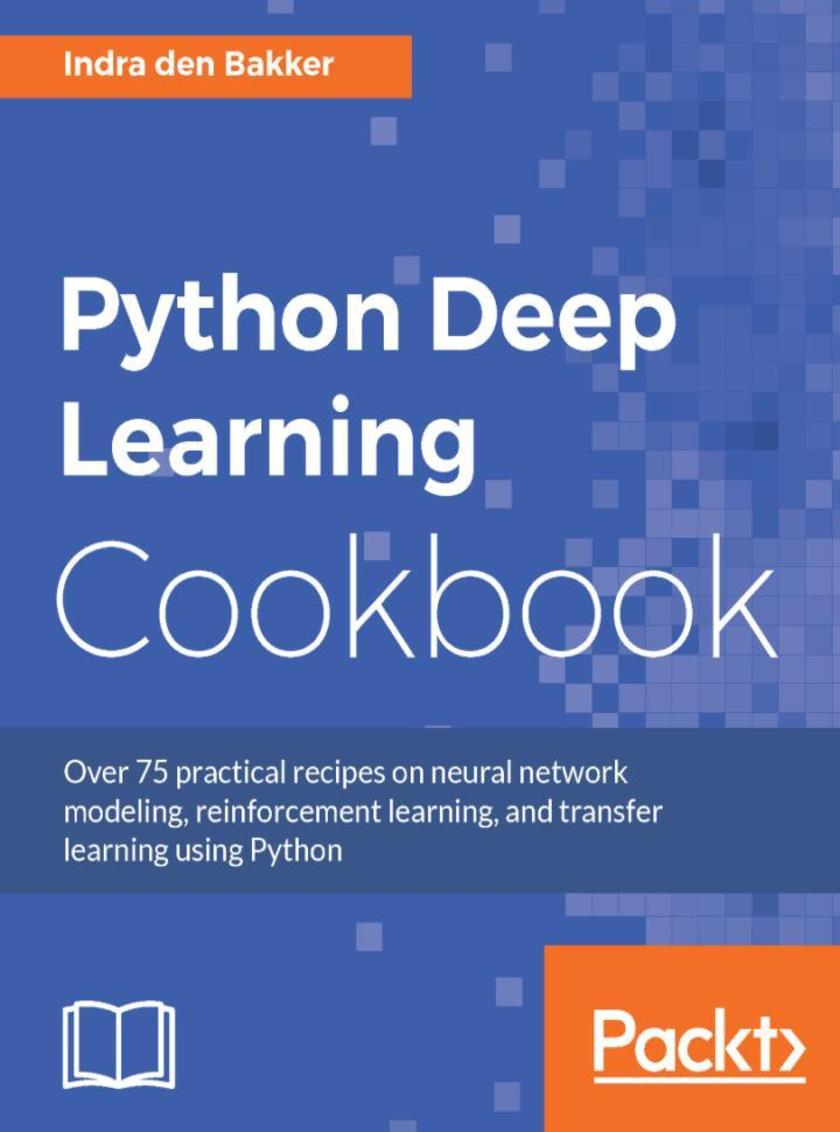
Python Deep Learning Cookbook
¥80.65
Solve different problems in modelling deep neural networks using Python, Tensorflow, and Keras with this practical guide About This Book ? Practical recipes on training different neural network models and tuning them for optimal performance ? Use Python frameworks like TensorFlow, Caffe, Keras, Theano for Natural Language Processing, Computer Vision, and more ? A hands-on guide covering the common as well as the not so common problems in deep learning using Python Who This Book Is For This book is intended for machine learning professionals who are looking to use deep learning algorithms to create real-world applications using Python. Thorough understanding of the machine learning concepts and Python libraries such as NumPy, SciPy and scikit-learn is expected. Additionally, basic knowledge in linear algebra and calculus is desired. What You Will Learn ? Implement different neural network models in Python ? Select the best Python framework for deep learning such as PyTorch, Tensorflow, MXNet and Keras ? Apply tips and tricks related to neural networks internals, to boost learning performances ? Consolidate machine learning principles and apply them in the deep learning field ? Reuse and adapt Python code snippets to everyday problems ? Evaluate the cost/benefits and performance implication of each discussed solution In Detail Deep Learning is revolutionizing a wide range of industries. For many applications, deep learning has proven to outperform humans by making faster and more accurate predictions. This book provides a top-down and bottom-up approach to demonstrate deep learning solutions to real-world problems in different areas. These applications include Computer Vision, Natural Language Processing, Time Series, and Robotics. The Python Deep Learning Cookbook presents technical solutions to the issues presented, along with a detailed explanation of the solutions. Furthermore, a discussion on corresponding pros and cons of implementing the proposed solution using one of the popular frameworks like TensorFlow, PyTorch, Keras and CNTK is provided. The book includes recipes that are related to the basic concepts of neural networks. All techniques s, as well as classical networks topologies. The main purpose of this book is to provide Python programmers a detailed list of recipes to apply deep learning to common and not-so-common scenarios. Style and approach Unique blend of independent recipes arranged in the most logical manner
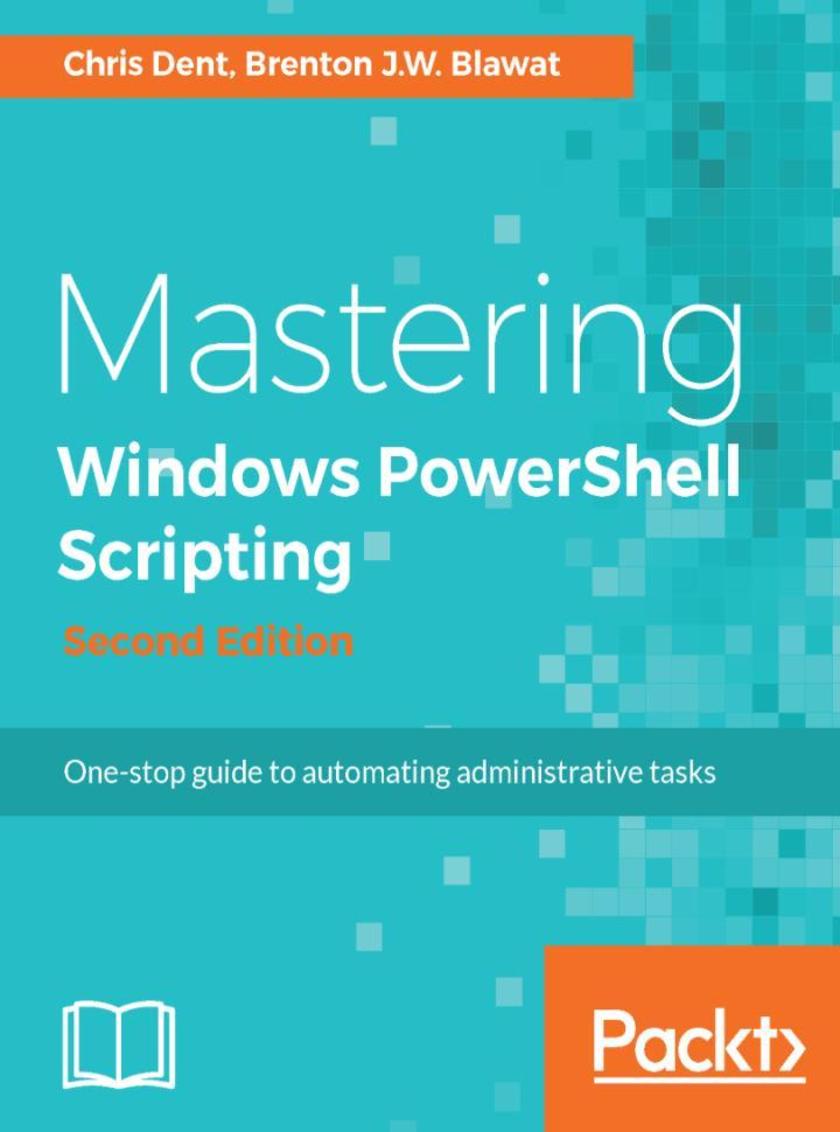
Mastering Windows PowerShell Scripting - Second Edition
¥80.65
Master the art of automating and managing your environment using PowerShell About This Book ? Find quick solutions to automate your environment with ease ? Work with large amounts of data effortlessly with PowerShell data types and secure them ? Packed with real-world examples to automate and simplify the management of your Windows environment Who This Book Is For If you are a system administrator who wants to become an expert in controlling and automating your Windows environment, then this book is for you. It is also for those new to the PowerShell language. What You Will Learn ? Optimize code through the use of functions, switches, and looping structures ? Install PowerShell on your Linux system ? Utilize variables, hashes, and arrays to store data ? Work with Objects and Operators to test and manipulate data ? Parse and manipulate different data types ? Write .NET classes with ease within the PowerShell ? Create and implement regular expressions in PowerShell *s ? Deploy applications and code with PowerShell’s Package management modules ? Leverage session-based remote management ? Manage files, folders, and registries through the use of PowerShell In Detail PowerShell *s offer a handy way to automate various chores. Working with these *s effectively can be a difficult task. This comprehensive guide starts from scratch and covers advanced-level topics to make you a PowerShell expert. The first module, PowerShell Fundamentals, begins with new features, installing PowerShell on Linux, working with parameters and objects, and also how you can work with .NET classes from within PowerShell. In the next module, you’ll see how to efficiently manage large amounts of data and interact with other services using PowerShell. You’ll be able to make the most of PowerShell’s powerful automation feature, where you will have different methods to parse and manipulate data, regular expressions, and WMI. After automation, you will enter the Extending PowerShell module, which covers topics such as asynchronous processing and, creating modules. The final step is to secure your PowerShell, so you will land in the last module, Securing and Debugging PowerShell, which covers PowerShell execution policies, error handling techniques, and testing. By the end of the book, you will be an expert in using the PowerShell language. Style and approach This practical guide covers all the advanced PowerShell functionalities that an administrator needs to learn to automate their environments.
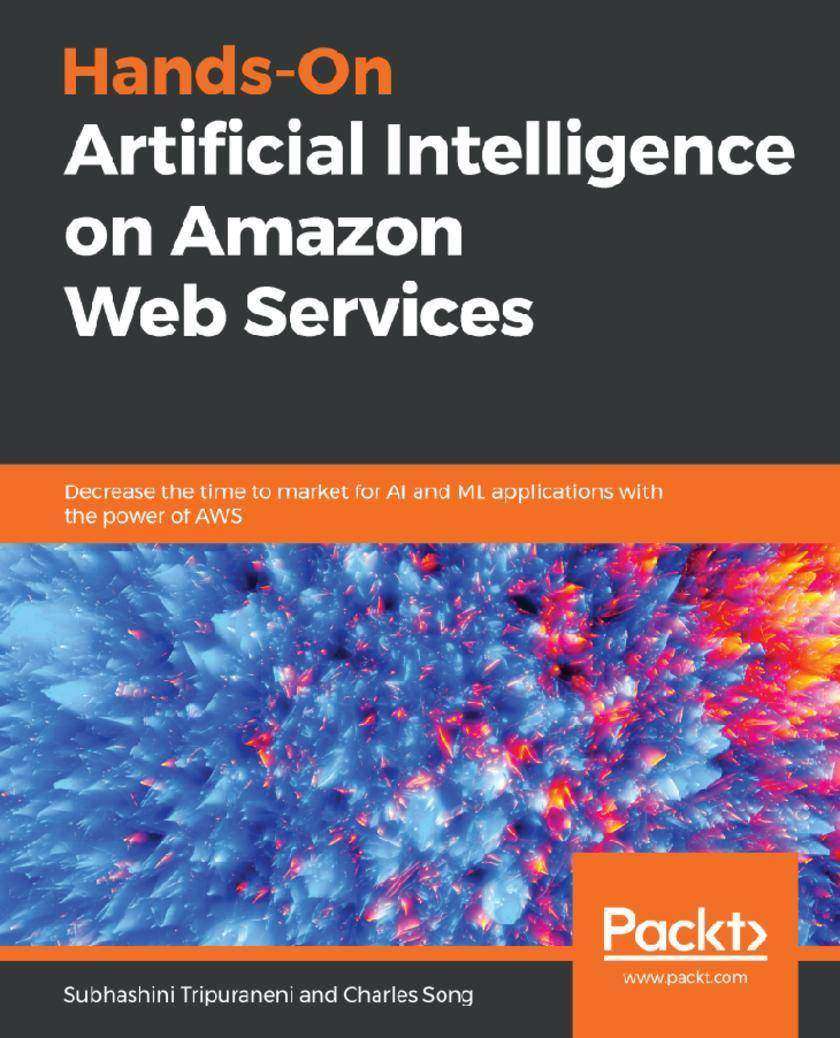
Hands-On Artificial Intelligence on Amazon Web Services
¥80.65
Perform cloud-based machine learning and deep learning using Amazon Web Services such as SageMaker, Lex, Comprehend, Translate, and Polly Key Features * Explore popular machine learning and deep learning services with their underlying algorithms * Discover readily available artificial intelligence(AI) APIs on AWS like Vision and Language Services * Design robust architectures to enable experimentation, extensibility, and maintainability of AI apps Book Description From data wrangling through to translating text, you can accomplish this and more with the artificial intelligence and machine learning services available on AWS. With this book, you’ll work through hands-on exercises and learn to use these services to solve real-world problems. You’ll even design, develop, monitor, and maintain machine and deep learning models on AWS. The book starts with an introduction to AI and its applications in different industries, along with an overview of AWS artificial intelligence and machine learning services. You’ll then get to grips with detecting and translating text with Amazon Rekognition and Amazon Translate. The book will assist you in performing speech-to-text with Amazon Transcribe and Amazon Polly. Later, you’ll discover the use of Amazon Comprehend for extracting information from text, and Amazon Lex for building voice chatbots. You will also understand the key capabilities of Amazon SageMaker such as wrangling big data, discovering topics in text collections, and classifying images. Finally, you’ll cover sales forecasting with deep learning and autoregression, before exploring the importance of a feedback loop in machine learning. By the end of this book, you will have the skills you need to implement AI in AWS through hands-on exercises that cover all aspects of the ML model life cycle. What you will learn * Gain useful insights into different machine and deep learning models * Build and deploy robust deep learning systems to production * Train machine and deep learning models with diverse infrastructure specifications * Scale AI apps without dealing with the complexity of managing the underlying infrastructure * Monitor and Manage AI experiments efficiently * Create AI apps using AWS pre-trained AI services Who this book is for This book is for data scientists, machine learning developers, deep learning researchers, and artificial intelligence enthusiasts who want to harness the power of AWS to implement powerful artificial intelligence solutions. A basic understanding of machine learning concepts is expected.

Lucene 4 Cookbook
¥80.65
This book is for software developers who are new to Lucene and who want to explore the more advanced topics to build a search engine. Knowledge of Java is necessary to follow the code samples. You will learn core concepts, best practices, and also advanced features, in order to build an effective search application.
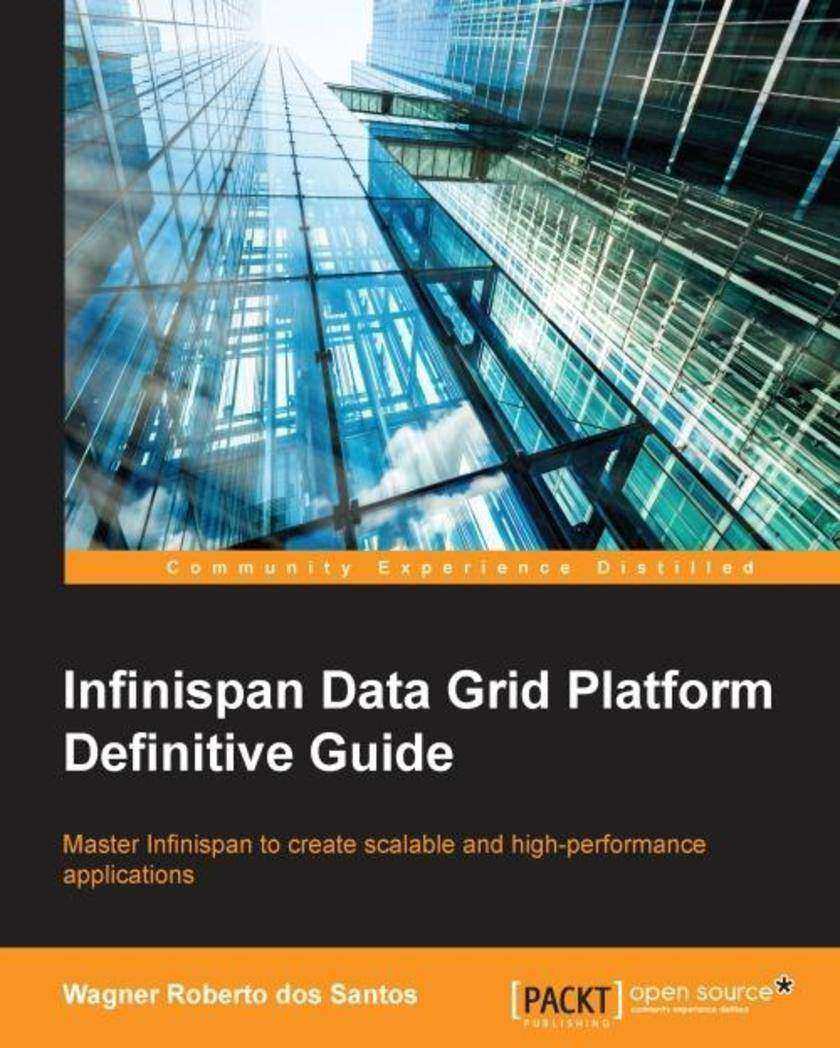
Infinispan Data Grid Platform Definitive Guide
¥80.65
This practical guide is intended for those who want to learn how to build extremely scalable applications. This book is easy to read and is aimed at Java enterprise developers with a solid knowledge of Java. However, no previous coding experience with Infinispan is required.
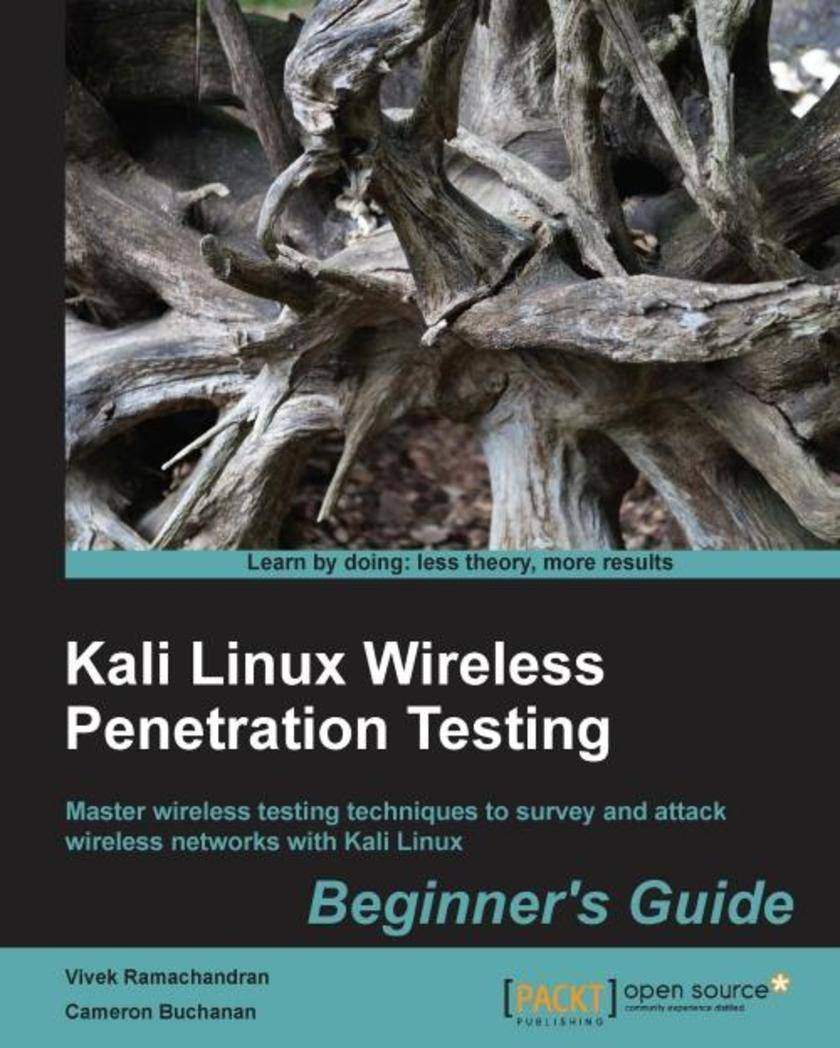
Kali Linux Wireless Penetration Testing: Beginner's Guide
¥80.65
If you are a security professional, pentester, or anyone interested in getting to grips with wireless penetration testing, this is the book for you. Some familiarity with Kali Linux and wireless concepts is beneficial.
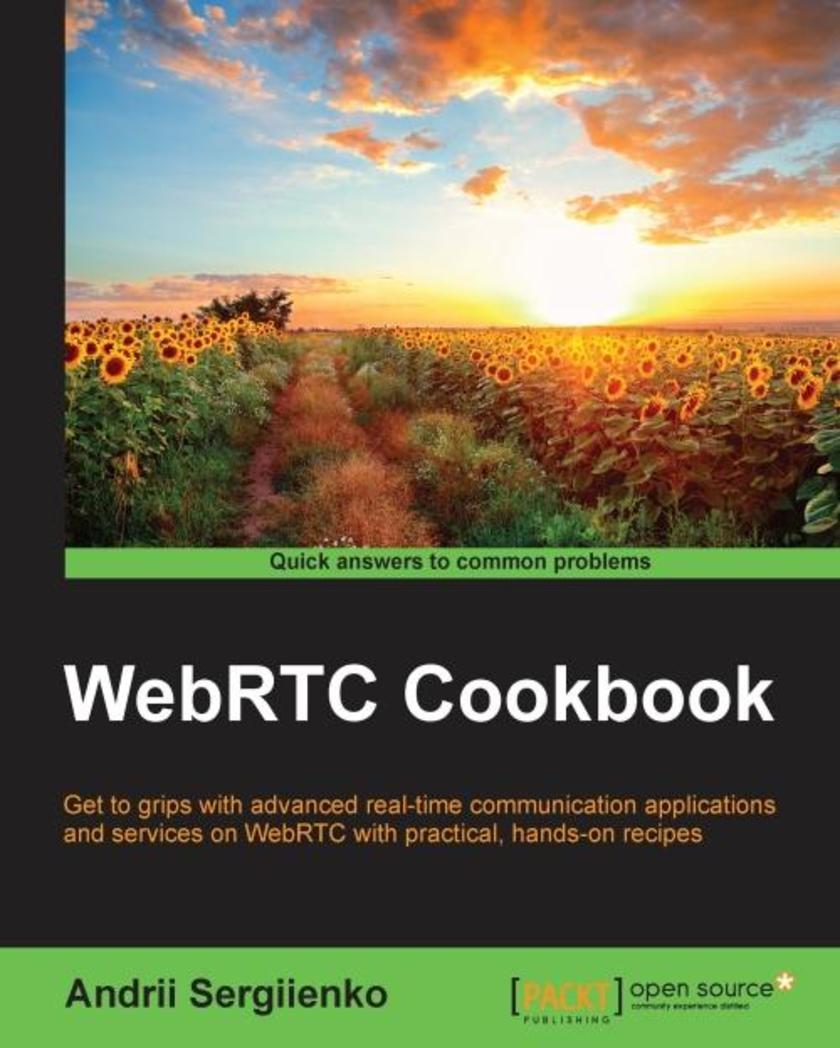
WebRTC Cookbook
¥80.65
If you are a JavaScript developer with a basic knowledge of WebRTC and software development, but want to explore how to use it in more depth, this book is for you.

Prezi Cookbook
¥80.65
This book is intended for both beginners who want to get started with Prezi as well as experienced users who want to enhance their knowledge of Prezi. If you are a seasoned presenter, you can use this book to quickly transfer your presentation skills to Prezi. If you are new to presenting, the guidelines and tips in this book take you by the hand and guide you to complete mastery of Prezi.
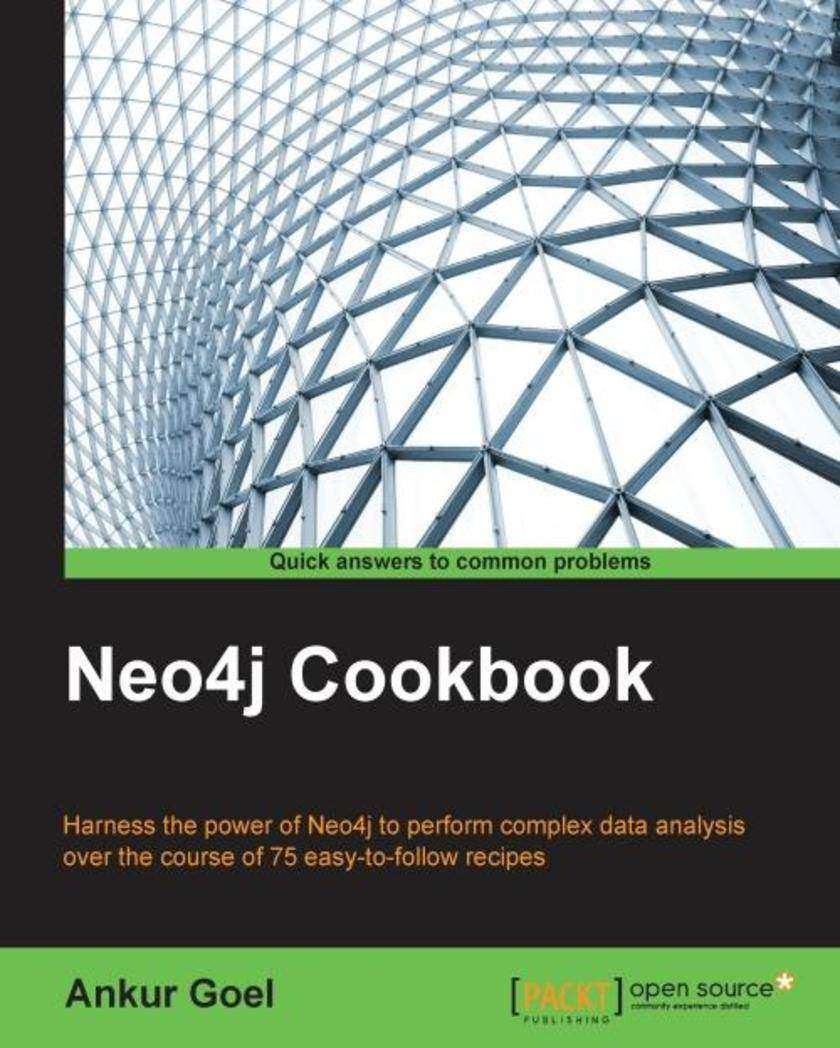
Neo4j Cookbook
¥80.65
If you are already using Neo4j in your application and want to learn more about data analysis or database graphs, this is the book for you. This book also caters for your needs if you are looking to migrate your existing application to Neo4j in the future. We assume that you are already familiar with any general purpose programming language and have some familiarity with Neo4j.
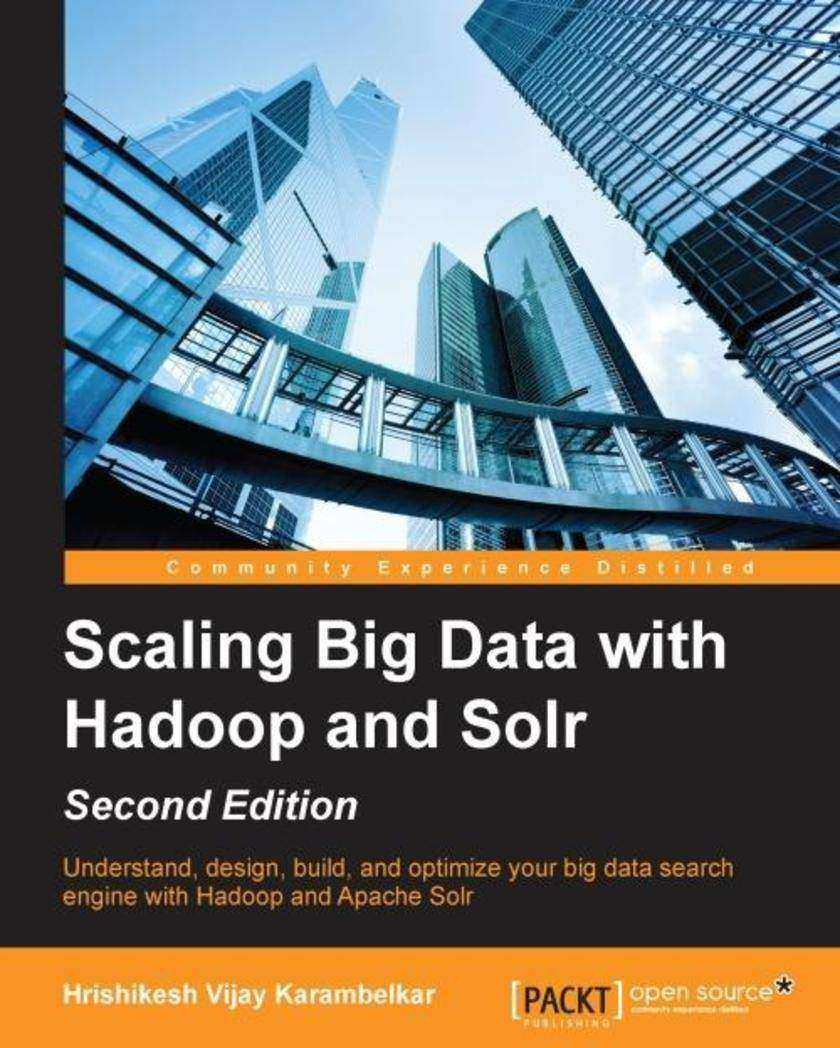
Scaling Big Data with Hadoop and Solr - Second Edition
¥80.65
This book is aimed at developers, designers, and architects who would like to build big data enterprise search solutions for their customers or organizations. No prior knowledge of Apache Hadoop and Apache Solr/Lucene technologies is required.
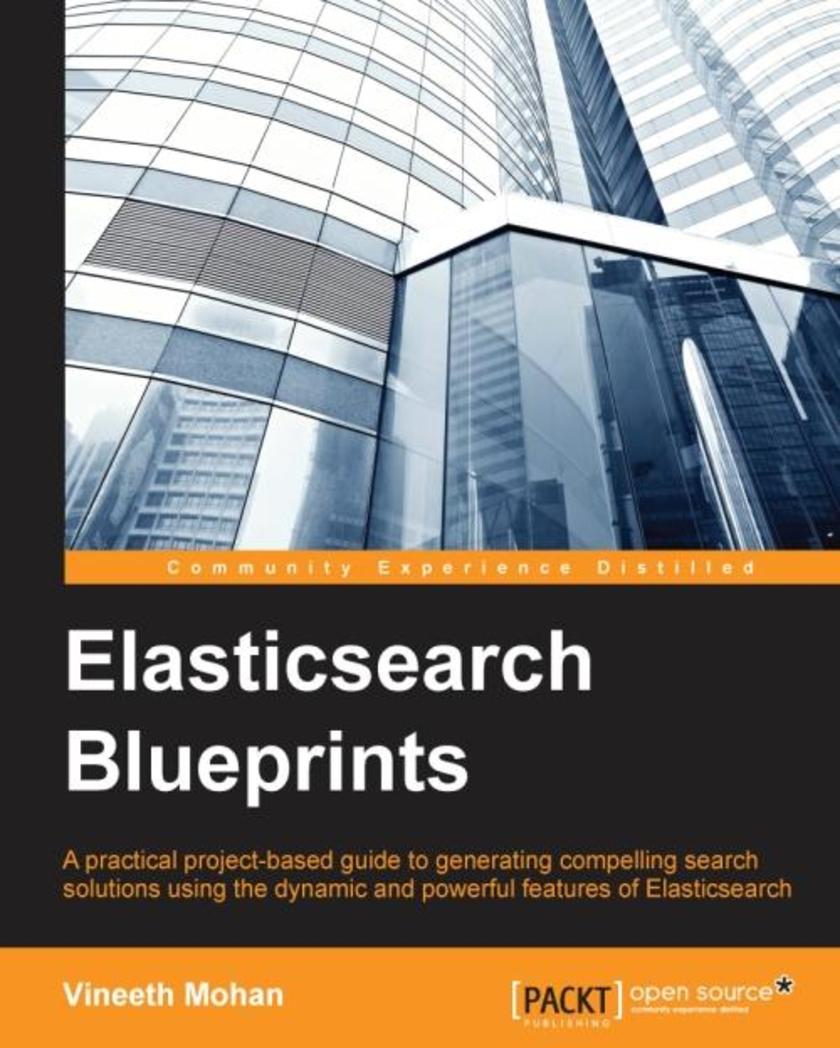
Elasticsearch Blueprints
¥80.65
If you are a data enthusiast and would like to explore and specialize on search technologies based on Elasticsearch, this is the right book for you. A compelling case-to-case mapping of features and implementation of Elasticsearch to solve many real-world use cases makes this book the right choice to start and specialize on Elasticsearch.

ArcGIS for Desktop Cookbook
¥80.65
This book is a good companion to get you quickly acquainted with everything you need to increase your productivity with the ArcGIS Desktop. It would be helpful to have a bit of familiarity with basic GIS concepts. If you have no previous experience with ArcGIS, this book will still be helpful for you because it will help you catch up to the acquainted users from a practical point of view.




 购物车
购物车 个人中心
个人中心



